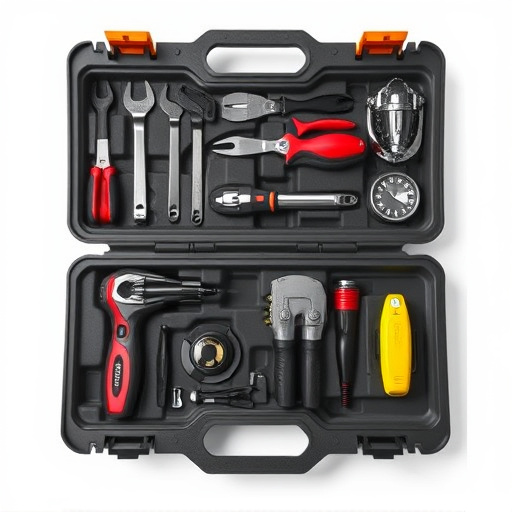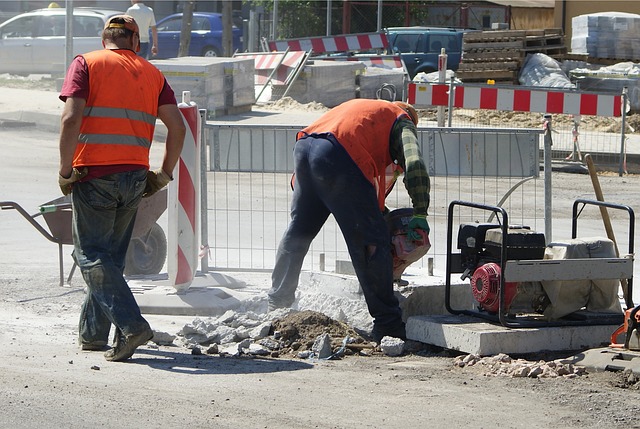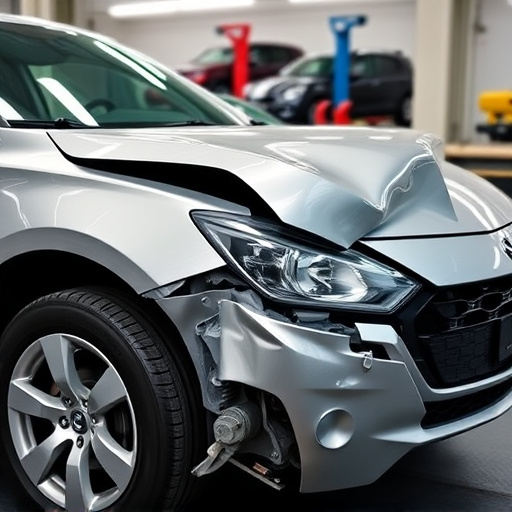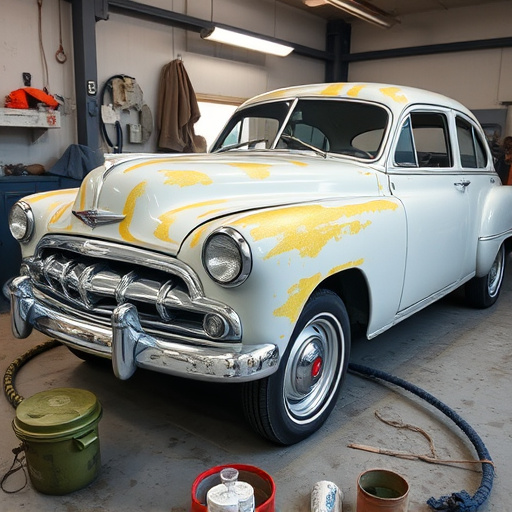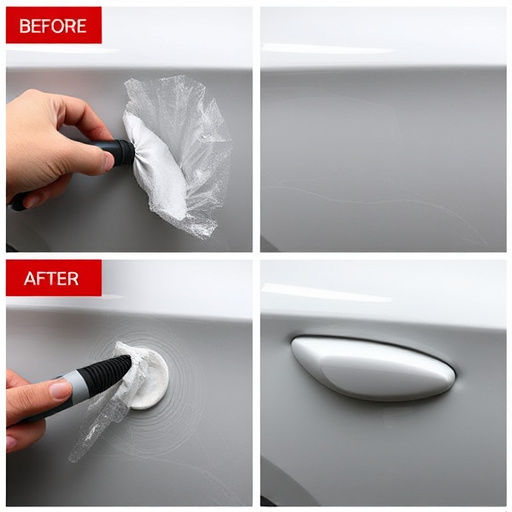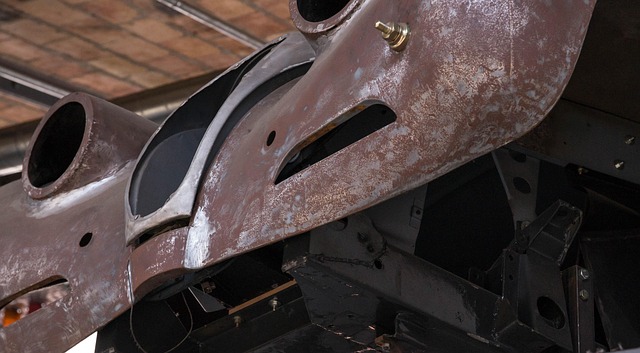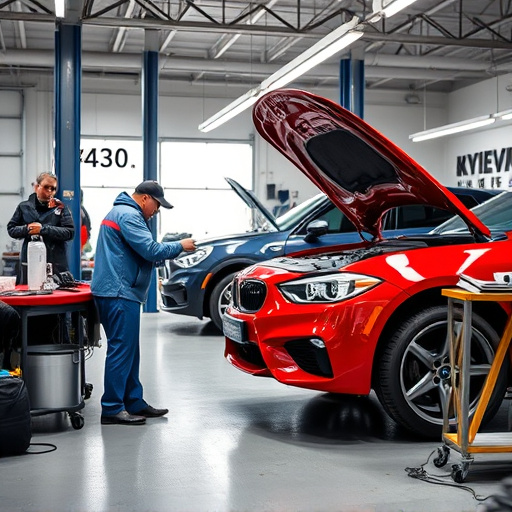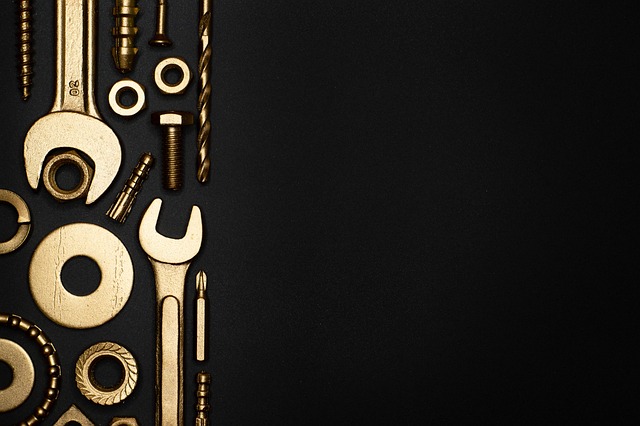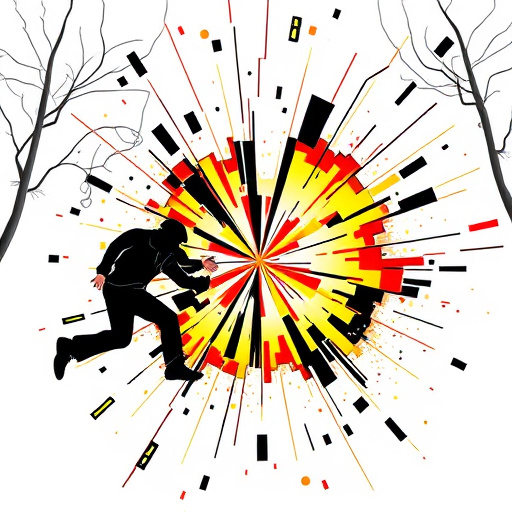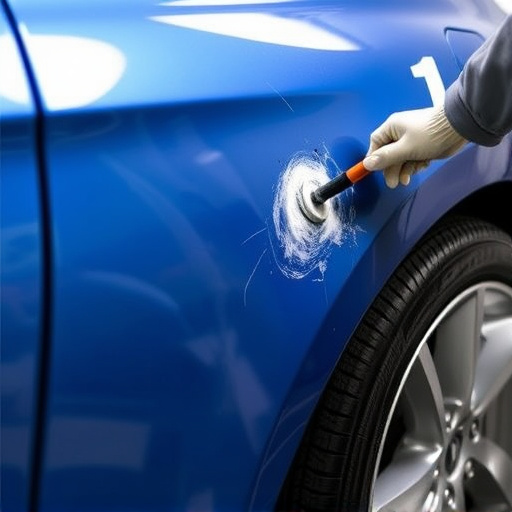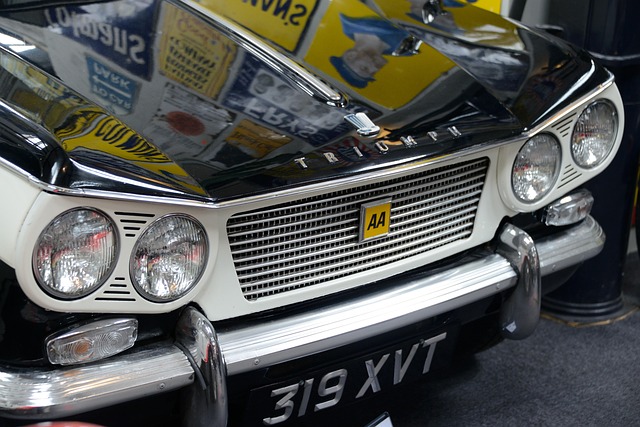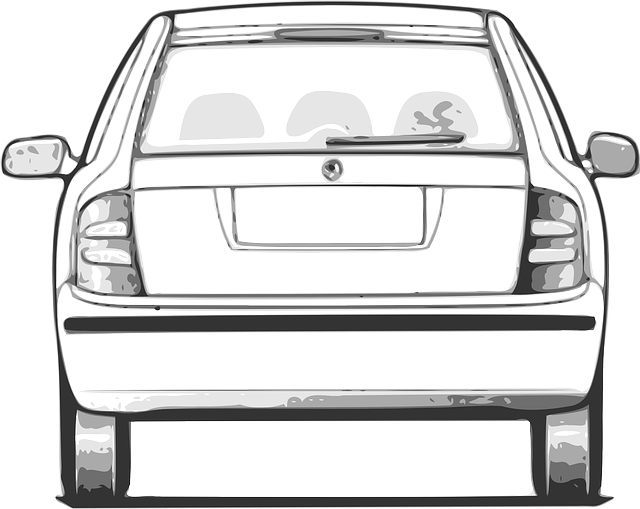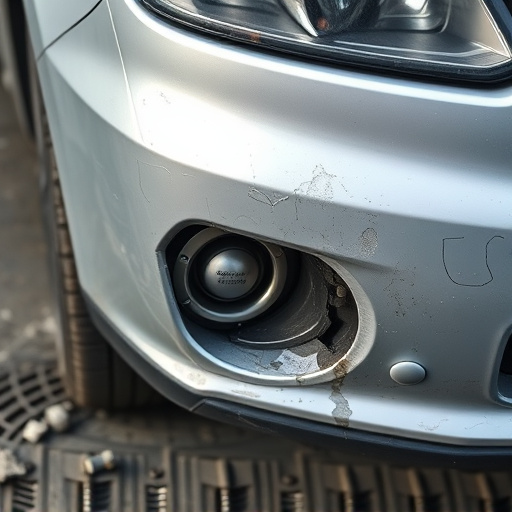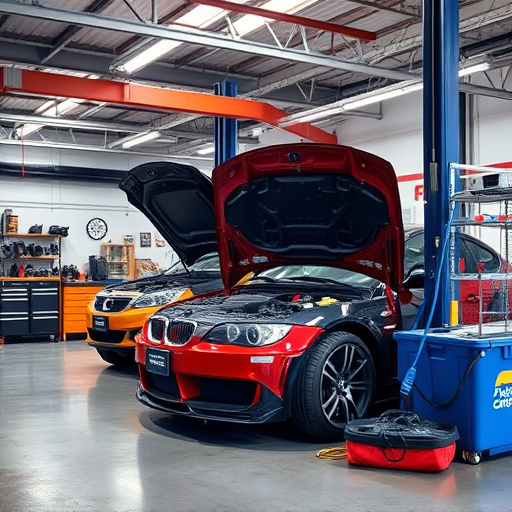The automotive industry faces challenges in dashboard repair due to manual processes, intricate dashboards, and high customer demand for swift vehicle restoration. Technology, such as specialized software and digital communication platforms, has improved efficiency and accuracy, but further advancements are needed. Integrating Artificial Intelligence (AI) and Augmented Reality (AR) promises significant transformations in dashboard repair collision services, streamlining processes, enhancing precision, and reducing downtime, particularly in auto body work and frame straightening.
In the realm of automotive crash repairs, optimizing dashboard repair processes is paramount to enhance efficiency and customer satisfaction. The current state of dashboard repair faces challenges marked by lengthy timelines, labor-intensive tasks, and limited precision. Leveraging technology offers a promising solution, with digital tools streamlining workflows from design to replacement.
This article explores how technological advancements, including AI and augmented reality, are revolutionizing dashboard repair collision efficiency. We delve into the current landscape, future trends, and their collective impact on the industry.
- The Current State of Dashboard Repair: Challenges and Bottlenecks
- Leveraging Technology to Streamline the Process
- Future Trends: AI, Augmented Reality, and Beyond for Collision Repair
The Current State of Dashboard Repair: Challenges and Bottlenecks

The current landscape of dashboard repair within the automotive industry presents a unique set of challenges and bottlenecks. Traditional dashboard repair processes in auto body work and car body repair shops often involve manual, time-consuming tasks, leading to inefficiencies and longer turnaround times. The complexity of modern vehicle dashboards, with intricate wiring, sensitive electronic components, and advanced display systems, demands precise skill sets that are not readily available everywhere.
Furthermore, the high demand for swift and reliable vehicle body shop services, especially following collision incidents, creates a strain on existing resources. This results in longer wait times for customers and potential delays in restoring vehicles to their pre-accident condition. To address these issues, there is a growing need for innovative solutions that can streamline dashboard repair processes, enhance precision, and improve overall efficiency.
Leveraging Technology to Streamline the Process
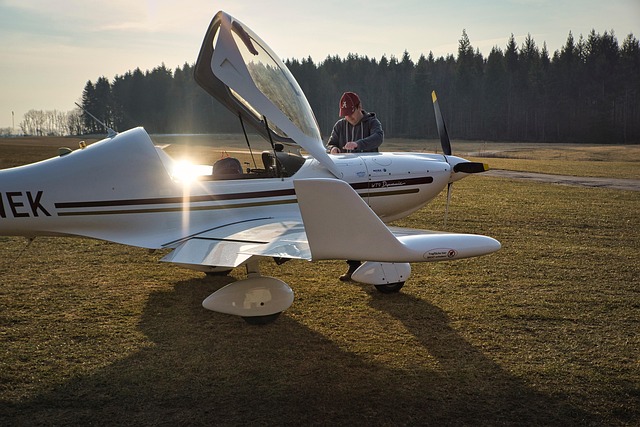
Leveraging technology has revolutionized dashboard repair collision processes, leading to significant efficiency gains for auto body repair shops and improved customer satisfaction. Digital tools like specialized software applications allow for faster and more precise measurements and diagnostics, reducing time-consuming manual assessments. These innovations enable technicians to quickly identify damage extent, locate hidden issues, and access a vast library of repair procedures tailored to specific vehicle models.
Furthermore, integrating digital communication platforms enhances collaboration among team members and streamlines appointment scheduling, parts ordering, and progress tracking for vehicle repair services. This interconnectedness optimizes workflow management in auto body repair shops, ensuring seamless operations and minimizing delays in repairing damaged vehicle bodywork.
Future Trends: AI, Augmented Reality, and Beyond for Collision Repair
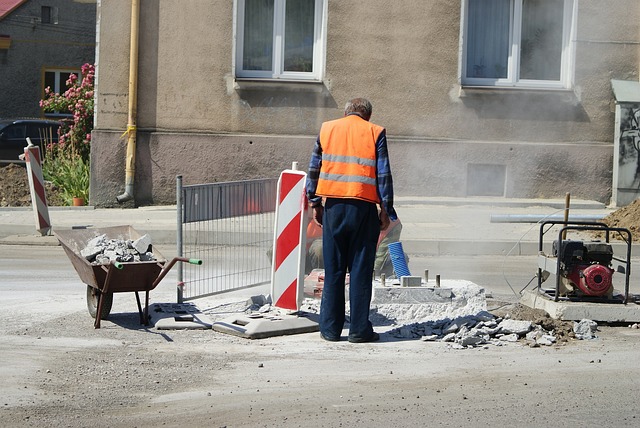
The future of dashboard repair collision services is poised for a significant transformation with the integration of cutting-edge technologies like Artificial Intelligence (AI), Augmented Reality (AR), and more. These innovations promise to streamline processes, enhance precision, and reduce downtime in vehicle collision repair, specifically focusing on auto body work and frame straightening. AI algorithms can analyze damage patterns, predict repairs, and optimize material usage, leading to more efficient and cost-effective outcomes.
Augmented Reality provides a new perspective by overlaying digital information onto the physical workspace during frame straightening procedures. This technology enables technicians to see real-time data, such as alignment specifications and repair guides, superimposed directly on the vehicle, improving accuracy and consistency in auto body work. As these trends evolve, dashboard repair collision services are set to become more precise, faster, and better equipped to handle complex repairs.
The integration of technology into dashboard repair processes has the potential to revolutionize the collision repair industry. By streamlining tasks, reducing human error, and minimizing downtime, these innovations enhance efficiency and customer satisfaction. As we look ahead, emerging technologies like AI and augmented reality are poised to further transform dashboard repair collision, setting new standards for speed, precision, and accessibility in the future.
